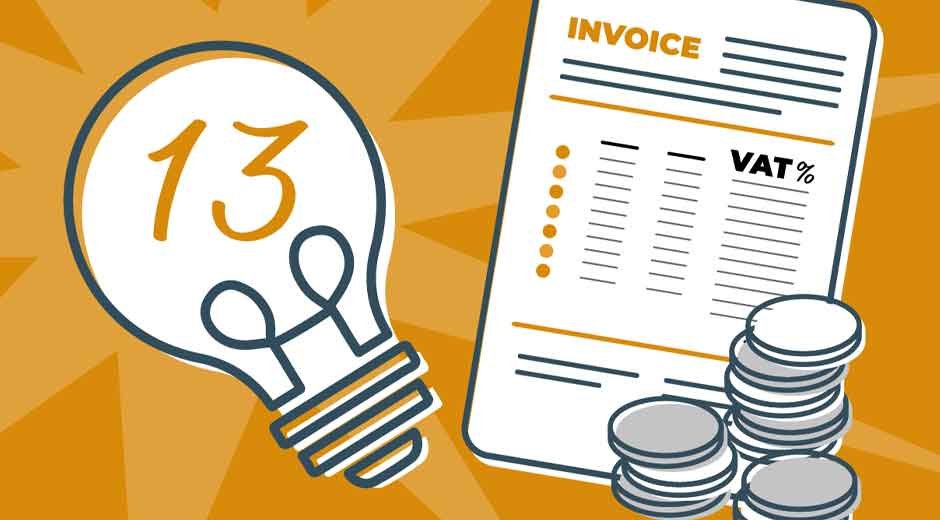Maintenance Matters The Long-Term Cost of Web App Ownership

When companies budget for web applications, the primary focus is often on development cost. While that’s understandable, it’s just one part of the equation. The real price tag includes something far more long-term and often underestimated: maintenance.
Ongoing maintenance ensures performance, security, user satisfaction, and scalability. Understanding the complete web app development cost means accounting for the work that continues long after the app goes live.
1. Why Web App Maintenance is Non-Negotiable
No matter how polished your web app is at launch, without ongoing maintenance, it’s bound to face issues. Bugs, slow loading times, compatibility glitches—these all creep in with time, and staying ahead requires constant vigilance.
Moreover, evolving user behavior and rapid tech updates demand that your app continuously adapts. The long-term survival of your application depends on proactive, not reactive, maintenance.
2.The Hidden Elements of Web App Development Cost
Most teams budget for developers, designers, and initial testing. But long-term costs like hosting, security patches, system updates, performance monitoring, and customer support are often forgotten.
These hidden costs can accumulate quickly. Without a sustainable strategy, you risk inflating your overall budget or ending up with a slow, outdated, and vulnerable application.
3 Regular Updates and Their Value
Tech moves fast. What’s innovative today might be obsolete tomorrow. Regular updates are your insurance policy against obsolescence.
Updates often include UI improvements, new feature rollouts, security upgrades, and performance enhancements. Allocating part of your budget to this ensures the longevity of your app and keeps your users engaged.
4. The Security Imperative
Cybersecurity is no longer a luxury—it’s a necessity. A single vulnerability can result in devastating data breaches, legal consequences, and reputational damage.
Routine vulnerability scanning, patch management, and SSL certification renewals are critical maintenance tasks. Investing in security as part of your web app development cost protects your brand and your users.
5. Hosting and Infrastructure Costs
Where your app lives matters. Hosting affects speed, uptime, and scalability. Cloud solutions like AWS, Azure, or Google Cloud offer robust support but come with ongoing costs.
Additionally, if your app experiences seasonal traffic spikes or growth in users, you’ll need infrastructure that scales with demand—another reason to plan for long-term hosting expenses.
6. The Role of User Feedback
Your users are your best testers. Feedback loops are essential for identifying overlooked issues and improving usability.
Incorporating analytics tools and feedback forms allows you to measure satisfaction and make data-driven decisions. Adjusting the app in response to user needs is a continual investment in loyalty and performance.
7. Performance Monitoring and Optimization
Your web app might look great, but if it loads slowly or crashes frequently, users won’t stick around. This is where performance monitoring tools like New Relic or Google Lighthouse play a crucial role.
Optimization includes compressing images, minimizing scripts, database tuning, and cleaning up old code. These aren’t one-time tasks—they’re part of a recurring cycle that ensures your app runs smoothly.
8. The Cost of Downtime
When your app is down, you’re losing more than just potential revenue. You’re losing trust. Whether it’s due to server issues, a failed update, or an unpatched bug, every minute offline costs money.
Preventive maintenance can drastically reduce downtime. Automated testing, backup systems, and regular check-ins help mitigate the risk and cushion the financial impact.
9. Budgeting for the Future
Smart businesses know that planning for tomorrow begins today. Estimating the web app development cost should include projections for 1–3 years of maintenance.
Consider allocating at least 15-25% of your initial development cost annually for maintenance. This allows for flexibility in handling unexpected issues and evolving features, ensuring that your app doesn’t fall behind.
Final Thoughts
A web app’s launch isn’t the finish line—it’s just the beginning. Long-term success relies on continual investment in updates, security, performance, and user satisfaction. As your user base grows and technology evolves, your app must evolve too.
By accounting for maintenance in your cross platform game development cost from the start, you ensure reliability, scalability, and competitiveness. Think of it not as a recurring expense, but as a powerful strategy for long-term digital success. In fact, just like how the best models for stable diffusion rely on constant fine-tuning, optimization, and community-driven improvements to remain relevant and high-performing, your web app needs the same level of care. Whether it’s fixing bugs, scaling up infrastructure, or improving UX, proactive maintenance is what separates temporary digital projects from sustainable platforms.





